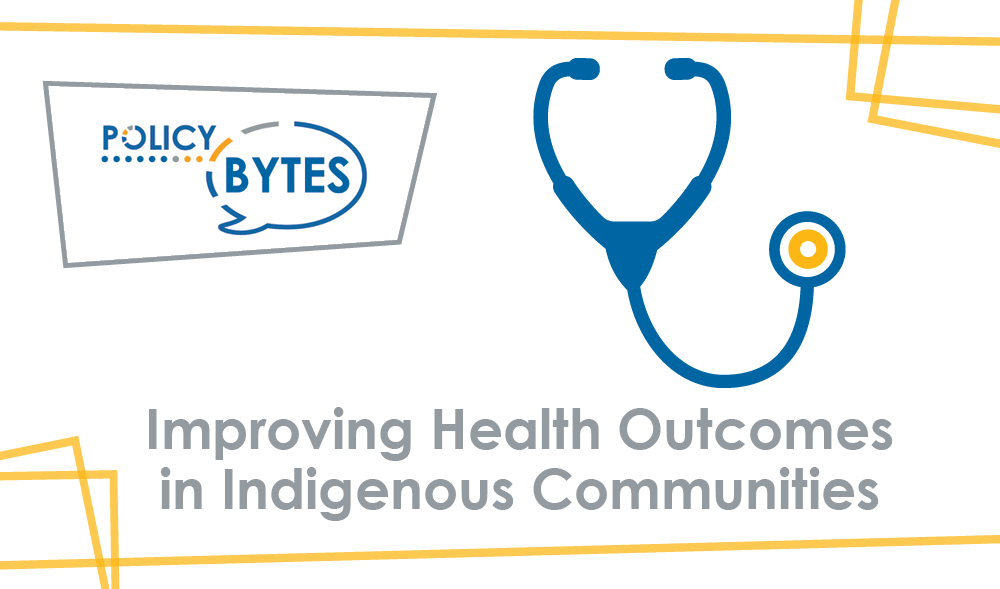THUNDER BAY – HEALTH – The field of immunology is an ever-evolving landscape. For example, several studies have found that the incidence rates of allergies in the Indigenous population of Canada report lower than the average of the non-Indigenous population; yet allergies and asthma are considered to be the second-highest health concern within the Indigenous population. Why is this the case? To answer this question, we will begin by exploring the current landscape for allergies in Canada followed by an analysis of how social determinants impact health outcomes, specifically allergy rates, in Canada’s Indigenous population.

A 2015 study conducted by AllerGen found that one in 13 Canadians are impacted by allergies, amounting to 7.5 per cent of the population. An allergy is defined as an adverse immune system response to the exposure of a food protein or environmental antigens. Despite its prevalence in the population, Asthma Canada states that it “is often underestimated, under-diagnosed, and under-treated.”
While AllerGen’s study allows policymakers to understand the implications of rising allergy cases and to create a framework to address this concern, Indigenous peoples are still left out of the equation.
When looking at the rates of allergy prevalence in Indigenous populations in Canada, there are inconsistencies across studies which make it difficult to get a true picture of allergy prevalence in Indigenous communities. To illustrate, MacMillan et al. (2010) found that allergies (13 percent) and asthma (12 percent) are the second and third most frequently reported health conditions among First Nations and Inuit children. Yet, the Survey of Children and Youthfound that the highest rates of asthma among children were in those that lived off-reserve with status (15 percent), followed by the Métis (13 percent), First Nations off-reserve without status (12 per cent) and Inuit (11 per cent). Similarly, a separate study by Kovesi et al. (2012) found the prevalence of asthma among First Nations children on-reserve to be 14 percent. Despite Indigenous peoples identifying allergies as a concern, there is a lower than normal prevalence rate of allergies experienced when compared to the non-Indigenous population according to the (albeit limited) literature.
As Soller et al.(2013) found, self-reported instances of allergy are lower in the Indigenous population due to factors such as lower levels of education on allergies, genetics, and inequities in access of healthcare. While lower rates may appear positive, Dr. Daniel Harringtonnotes that lower incidences could also be a result of lower rates of detection or diagnosis and that studies undertaken within Canada have ignored their most vulnerable populations (especially Indigenous populations). Due to the respective findings by Soller and Harrington, it is difficult to discern the true extent of allergy rates within the Indigenous population despite it being noted as a priority health concern.
Understanding allergy prevalence within Indigenous populations begins with more than increasing allergy testing, it requires improved health policies. Policy change starts with addressing the overarching health needs of each community and there are a few key areas identified by Indigenous Servicesand Health Canada, as well as Greenwood and de Leeuv, where attention can be focused to:
- Access to health education and services in their native language which allows for increased quality of care.
- Reducing financial and geographical barriers that limit the utilization of resources.
- Mitigating the negative and racist experiences felt within the health care system.
- Further research and study into the rates of chronic conditions in Indigenous populations, including those on and off-reserve.
It is not always feasible, due to a variety of reasons, for individuals to travel to hubs to receive the care, services, and the education they require. Eliminating barriers can be achieved by decentralizing the health care system and bringing health care into the communities. For example, a positive step undertaken by the former provincial government included an allocation of $222 millionto bring culturally appropriate care into the 133 First Nations communities in Ontario.
Additionally, doctors and other health professionals ought to be continuously trained on the subject of intergenerational experiences and traumas of Indigenous populations in order for these professionals to be cognizant of how traumas will shape Indigenous peoples’ approach and experience with health care systems. Currently, the Northern Ontario School of Medicine (NOSM) has a residency agreementwith Eabametong First Nation where residents undergo training aimed at helping them meet the needs of the community; such an approach ought to be expanded and replicated with other communities and schools. Lastly, effective policies will stem from filling the gaps that currently exist in the data by consistently encouraging and funding research on these health concerns. Meeting these policy objectives is the first step in working to improve health outcomes within Indigenous populations and towards reconciliation.







